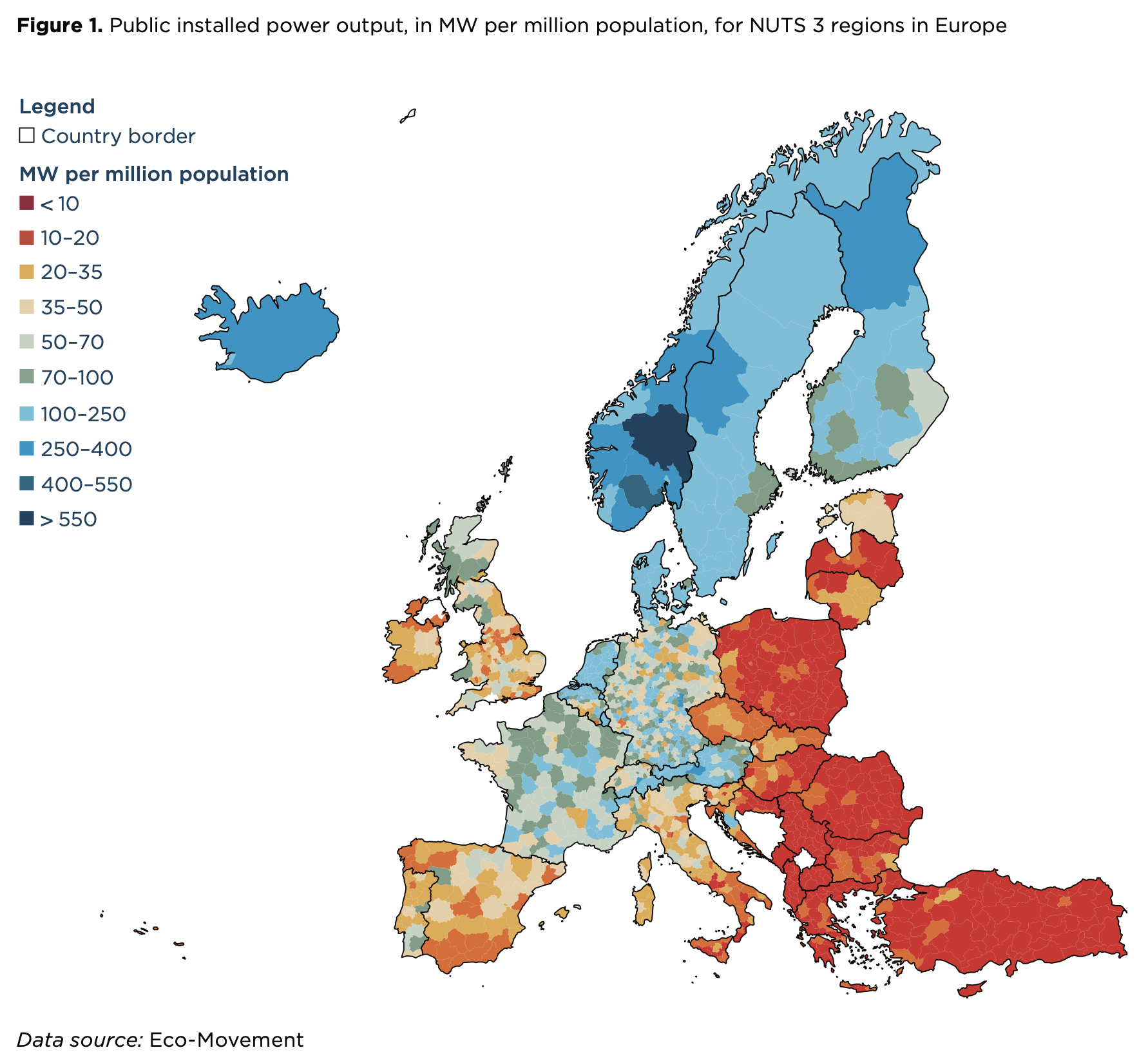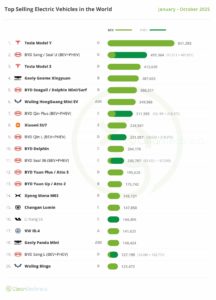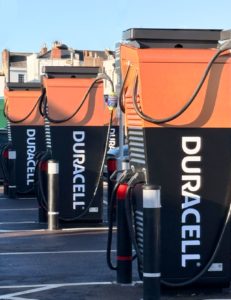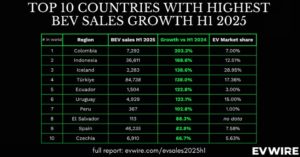A new report by the ZEV Alliance offers a detailed look at how countries are addressing this challenge. The report focuses on three key areas of EV charging infrastructure—availability, reliability, and interoperability—and highlights both successes and areas where more work is needed. It paints a picture of a rapidly evolving landscape, where thoughtful planning and smart policies are crucial for ensuring the EV transition benefits everyone.
Closing gaps in charger availability
The first and most visible aspect of EV infrastructure is whether chargers are available where drivers need them. This means more than just putting chargers along highways—it requires chargers in neighborhoods, workplaces, and places where people shop and relax. Yet, the report shows a clear disparity in charger deployment across different regions.
In Europe, the wealthiest countries tend to have far more charging infrastructure than those with lower average incomes. For example, Norway has around 384 megawatts of public charging power per million residents—far outpacing countries like Poland, which has just 10 megawatts. This gap mirrors income levels, as higher-income nations are better able to invest in public charging.
Canada faces its own challenges. The provinces with the highest unemployment rates, such as Newfoundland, often have fewer public chargers. This creates a cycle where EV adoption is lower in those areas, further discouraging investment. In the United States, the correlation between income and charging availability is less pronounced, but disparities remain. Some states, like Massachusetts, show a troubling pattern: areas with higher populations of people of color often have fewer public chargers.
These inequities are not insurmountable. In California, for example, lawmakers passed a bill requiring the state to identify gaps in public charging deployment and address them through targeted funding. Similar initiatives in Austria and the Netherlands focus on filling “charging deserts,” while regulations in the U.S. and Europe ensure chargers are available along major highways. These efforts show that thoughtful planning can make EV infrastructure accessible to all, not just to wealthier or more urban communities.
Addressing reliability issues
Availability is only part of the equation. Drivers also need to know that chargers will work when they arrive. Unfortunately, reliability remains a significant problem. Studies cited in the report reveal that between 20% and 25% of charging attempts in places like California and the San Francisco Bay Area fail due to issues like broken screens, payment errors, or malfunctioning connectors.
As EVs become more mainstream, unreliable chargers risk frustrating drivers and slowing adoption. Early adopters might tolerate some inconvenience, but new EV owners will expect a seamless experience. Governments and industry leaders are responding with policies aimed at improving reliability.
In the United States, federally funded chargers must now meet a 97% uptime requirement under the National Electric Vehicle Infrastructure (NEVI) program. California goes a step further, requiring a 90% success rate for completed charging sessions and mandating real-time reporting on charger availability. Similar standards are being introduced in Europe, where the UK is rolling out penalties for operators who fail to keep their chargers functional. These regulations, paired with incentives for regular maintenance, aim to ensure that public chargers are dependable.
Building trust in public charging is critical for the EV transition. Drivers need confidence that chargers will be available and functional, whether they’re commuting to work or embarking on a long road trip.
Making charging seamless: The push for interoperability
The final piece of the puzzle is interoperability. This means that any EV, regardless of its make or model, can use any public charger. While this seems like an obvious goal, the reality is more complicated. Incompatible connectors, varying payment methods, and inconsistent software standards all create barriers for EV drivers.
Europe has made significant progress in standardising charging infrastructure. Since 2017, new public chargers in the EU have been required to use Type 2 connectors for AC charging and CCS2 connectors for DC charging. This harmonisation has simplified charging across Europe, with over 95% of AC chargers and 82% of DC chargers now using these standards.
North America, however, is at a crossroads. Tesla’s North America Charging Standard (NACS) is gaining momentum, with most automakers and charging networks planning to adopt it by 2025. While this could unify the market in the long term, the transition raises concerns about compatibility for older EV models that use different connectors like CCS1 or CHAdeMO. Industry leaders and regulators will need to ensure that drivers of these vehicles can still access public chargers, likely through adapters or retrofitted stations.
Software compatibility is another challenge. Many EV drivers must juggle multiple apps or memberships to access different charging networks. This can make charging more cumbersome than refueling a traditional car. Recent regulations in Europe and the United States are addressing this by requiring open payment systems and real-time data on charger availability. While these efforts are a step in the right direction, achieving full interoperability will require ongoing collaboration between governments, automakers, and charging providers.
Looking ahead
The ZEV Alliance report makes it clear that building a robust EV charging network is no small task. Availability, reliability, and interoperability are deeply interconnected, and progress in one area often depends on improvements in another. Still, the report highlights many reasons for optimism.
Governments are beginning to recognise the importance of equitable access to charging, crafting policies that address regional and socioeconomic disparities. Reliability standards are being introduced to ensure that chargers function as expected, fostering trust in public infrastructure. Meanwhile, efforts to harmonise hardware and software are creating a more seamless charging experience for drivers.
The transition to electric vehicles is not just about replacing gas-powered cars—it’s about creating a transportation system that is cleaner, fairer, and more accessible. By addressing the challenges outlined in this report, policymakers and industry leaders can help ensure that the EV revolution benefits everyone, regardless of where they live or what they drive.
Source: ZEV Alliance







